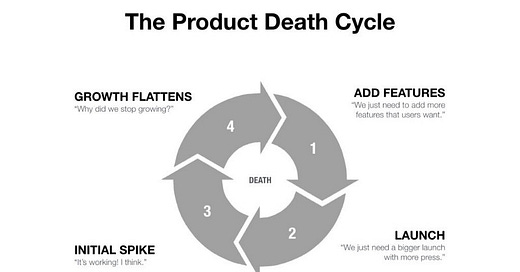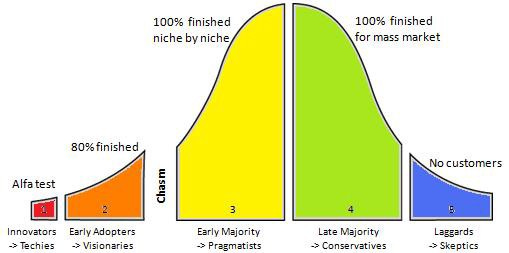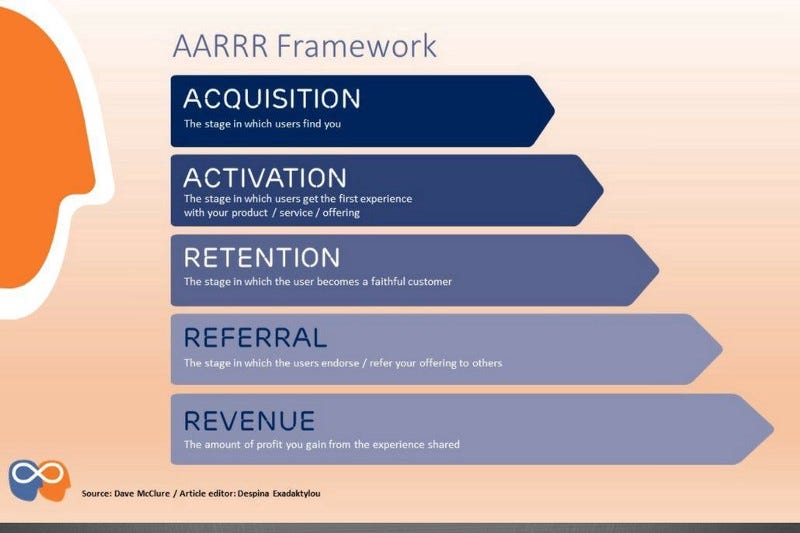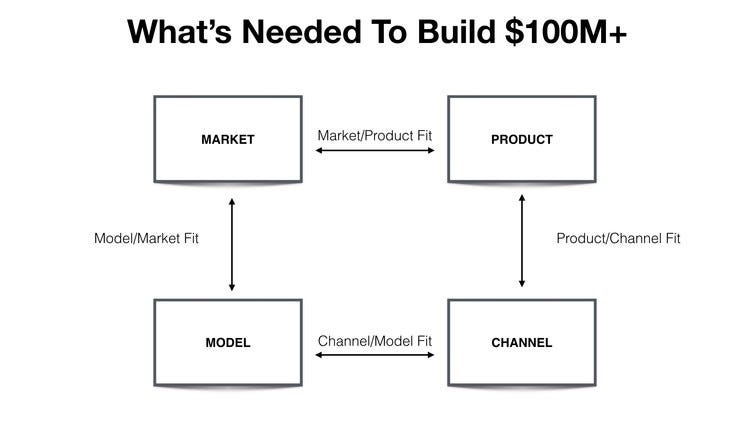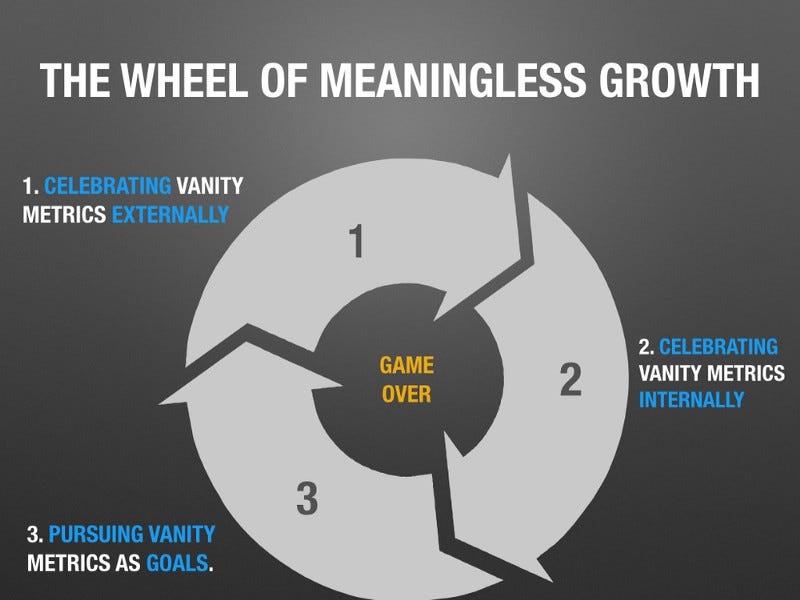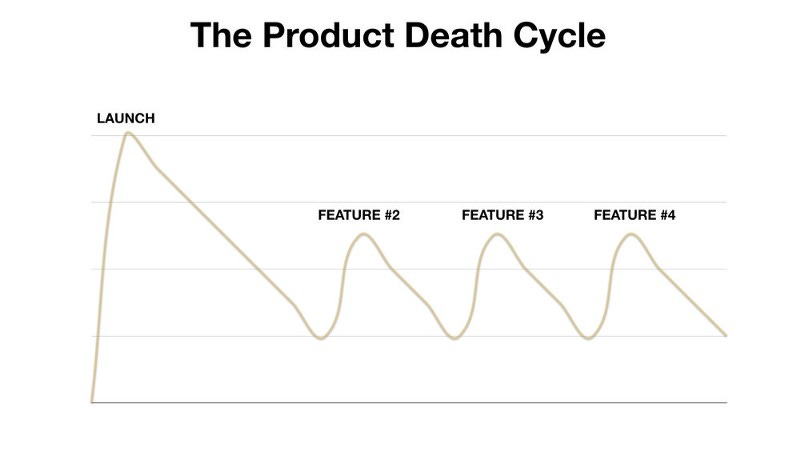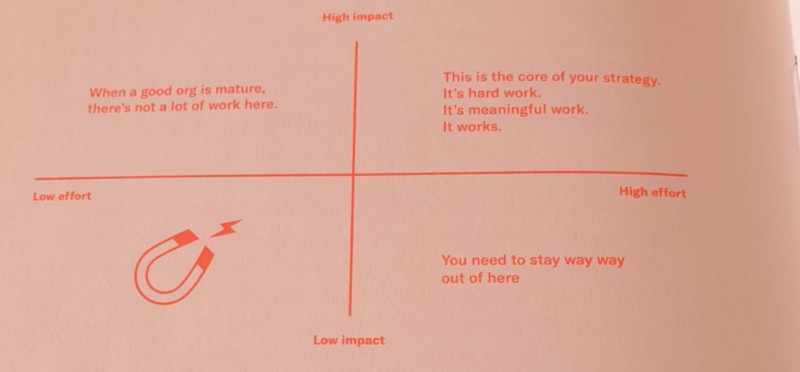That Thing called Growth
It’s been like 4 months that I decided to look for a full time gig in growth. Now when you utter the word growth in India people take you to be a marketer who can help them hack their growth. It’s still considered an esoteric realm and when you start explaining them how growth is as normal a portfolio as product, tech or design they think you are kidding yourself. To be fair and frank I myself did not know much about growth till 4 years back and thought like the rest of the crowd. Also while running my own recruitment startup unconsciously I was doing some hacks through which I was getting more and more paid conversion so I thought I am quite good at growth hacking. I even mentioned it in my resume. Its only months later when I saw a Sean Ellis video on youtube I realised I was nowhere close to it.
But before I go there let me cite a few interesting discussions I had with founders in India who are running companies with ARR≤10M USD. I remember going to this Ed Tech start up who wanted to hire a Director of Products. Their problem was for their B2B segment they were not growing at all but for B2C they did show promising growth. After talking to the product folks out there I figured it was an engagement problem.Less than 80% of the students wouldn’t finish their course and would not produce any outcome due to which the enterprise won’t buy any more subscriptions or renew subscriptions. You don’t have to be Einstein to figure that out. They thought it was a product problem. They thought by building building some new innovative features they could hook the students and woo them back. I told them that there is a problem with their engagement that could be due to many reasons-tech, Ux, content, teaching method etc but they felt they needed to improve their tech. I asked them about their DAUs and it drilled down to less than 10 minutes over many months for a user. This was real bad from a NUX perspective but seems they were completely averse to the idea of growth.
The second discussion I had was with the founder of an HR Tech company who had built an assessment platform for evaluating and ranking coding performance of engineers. They made it to an ARR~10M USD but were stuck there. When I asked him how they plan to touchbase 100M USD his usual answer was we are building some new tech that will help us scale up our revenue. I asked him about the market that he was addressing and he said its somewhat a 4B USD market and they plan to capture 5 to 10 % of it. Well first of all that computation itself is semantically wrong in terms of market sizing but I didn’t want to correct him and get into an endless argument so I did what people should do-I kept listening to him. He kept talking about product milestones and the fact that he plans to hire more engineers to reach that milestone. He spoke about using ML to improve evaluation accuracy. So even here the guy seemed oblivious to the idea of growth.
Now I would have spoken to many a founders over the last 4 months and realised not many know much about growth. Thence I decided to write a small write up and possibly talk a little about growth. Now growth might seem like a mysterious field much like product management is but it is quite deterministic and measurable. What prompted growth and while it is still quite a new field it has an adequate definition to it that gives it shape and form. If you read the earlier literature by Sean Ellis, Andrew Chen or Brian Balfour the top growth guys in the world you’d find that companies namely startups after a market-product fit get stuck while achieving growth in either acquisition, activation, retention, revenue(I am omitting referrals for the sake of simplicity). Most and when I say most I mean a majority of founders think it is a product problem and when they speak with the customers who reiterate the same saying they would require new features which solidifies their belief. It is then they spend countless engineering and design man hours to deliver feature/s that again fail to attract traction inspite of an incremental spike. Brian Balfour likes to call it ‘The Product Death Cycle’. Take a look
This is what is happening to almost a majority of startups in India who have gone past innovators and early adopters and are targeting the early majority.
This is where growth stagnates for them. Now growth is perceived as the following by marketing and sales functions
It is perceived as the following by growth hackers and experts and is termed as AAARR framework for user retention and growth.
If you see the above 2 diagrams you’d find that customers arrive through the funnel and ultimately convert and generate revenue for the startup. But the rate of conversion is as low as 2.2% to 4% as follows
What is noteworthy is that the definition of growth is seemingly different for each of these stages because people tend to bail out at each of the mentioned stages. Now when we are talking about growth we not only talk in terms of market product fitment as opposed to product market fitment the incorrect version(incorrect because we find a market first then a problem and then build a product around it) but we talk about 4 different types of fitments that need to be achieved simultaneously if we were to grow exponentially as follows
I won’t delve deep into the intricacies of how we achieve these fitments but the image speaks volumes. So now that we have discussed a bit about what growth is we need to essentially identify the reasons why growth is required and how we achieve it. Well growth as we all know is the ability to exponentially grow in as little time as possible despite of entropy trying to pull you down due to economic forces, user psychology, regulatory norms, bad technology, complex Ux, lacklustre marketing, lack of distribution strategies ,an ineffective sales team or at best black swan events. The degree of uncertainty and volatility is so high and time is of so much paramount importance that mistakes can cost you a lot. It is at this delicate juncture that normal methods of building and validating don’t seem to work. The simplest ideology is that after you hit market product fitment and people find some value in your offering it is pretty much a distribution games. If Peter Thiel is to be believed then more than 70% businesses fail due to improper distribution strategies. So growth essentially takes the value your product offers to a wider audience that includes new users(NU), resurrected users(RU) and loyal users(LU). But all this sounds seemingly vague-doesn’t it? I mean isn’t building innovative products is what made Silicon Valley popular? Then why do we need growth? Let me explain. In Psychology there is a bias called ‘survivorship bias’ which states that for every successful startup that does n number of things there are millions of unsuccessful startups that kinda do the exact same things but still don’t succeed. We don’t take into account millions of startups that shut down because of several issues and only focus on the ones that became a Google or a Facebook and think it’s the superior tech that made them glide smoothly. But even organisations the likes of Lehman can collapse if not steered properly. Think we are digressing. So let me keep it simple. A startup has to grow and grow exponentially till it becomes sustainable and after sustainability has to stay relevant with the changing times as IBM, HP or Dell has even after such a long time. But the common denominator in all these companies has been growth in a different context
Now that we understand what growth is, the biggest question as a founder is to explore methods to build a growth organisation. Growth is not a hack but it is an ideology. It is a way of building a sustainable organisation. It is a separate portfolio that needs to focus on growing the organisation leveraging innovation, technology, design, business and data. Just like Scrum specifies you need to create development sprints or design sprints, in growth we need to create growth sprints. But first let’s talk about how we go about doing it. I think the most elemental thing is to be able to pick a growth leader. A person who has had the necessary expertise running growth based experiments. Once identified the growth leader builds a growth team comprising of marketers, product managers, engineers, Ux guys and data science folks.The team then has to decidedly stick to an objective that aligns well with the overall product strategy eg. growing the product to a revenue of 100M USD over 4 quarters from 10M USD.
Once that gets decided its time for analysing the current status quo precisely to figure out what the corresponding growth metrics speak about. This process of analysis needs to be taken seriously and needs to be done repeatedly until we get the clear picture. At this stage the team needs to brainstorm and come up with a series of experiments that need to be run over several growth sprints to see what really triggers exponential growth backed by data. Once the experiments have been recorded they need to be prioritised based on the impact and the cost. Once priority has been assigned the person suggesting the experiment needs to act as a leader responsible for running it and observing the metrics associated with it. The results are again analysed to see the impact of the experiment and the loop keeps on repeating. The process I stated seems simple in theory but in practise is complex and needs a rigorous execution methodology.
Needless to say growth experiments involve a lot of user psychology to understand the decision making process humans undergo before zeroing in on something. I’ll perhaps discuss that in another blog. But for now let’s stick to growth. Let’s talk a little about how a growth organisation looks like in terms of organisational design. This is what it looks like
as opposed to the current structure that looks something like this
With this traditional organisational structure you get stuck as a startup in what they call a ‘Wheel of Meaningless Growth’ as follows
This leads to the death of the product and thus a startup shuts down before it even realises what went wrong as follows as it is stuck in feature creep
A majority of startups that I met with in the last few months seem to have stuck themselves to a false positive that they assume is growth for them since they have seen incremental bursts of revenue spiking every quarter. This makes them believe continuously shipping products or features is the only way to move ahead. Also the jargons of product management or lean framework that revolve around customer validation have misled founders to believe that unless they hit the right note music won’t be produced. What they essentially don’t realise is that time and if you’ve taken investor money won’t last long till you start showing promising growth right from day one. With the failure rate as high as 97% it is time Indian entrepreneurs realise growth needs to be taken seriously or no one will take them seriously. Just a last piece of information-growth typically applies to startups with =>10M USD as you don’t need to worry about market-product fitment but that doesn’t mean it cannot be applied to startups between 5M and 10M USD. The dynamics need to change. I will discuss that in a separate blog.
One of the queries I found after speaking with some like minded entrepreneurs who seemed excited by the idea is that if growth as a concept could be applied to businesses that are not bound by technology products and the answer is ‘Yes’. It absolutely can and I will write a separate blog to discuss that but in the meanwhile if you are an organisation making revenues =>5M USD and trying real hard to scale up exponentially feel free to ping me.
In the end remember growth comes from high effort and high impact work as follows

